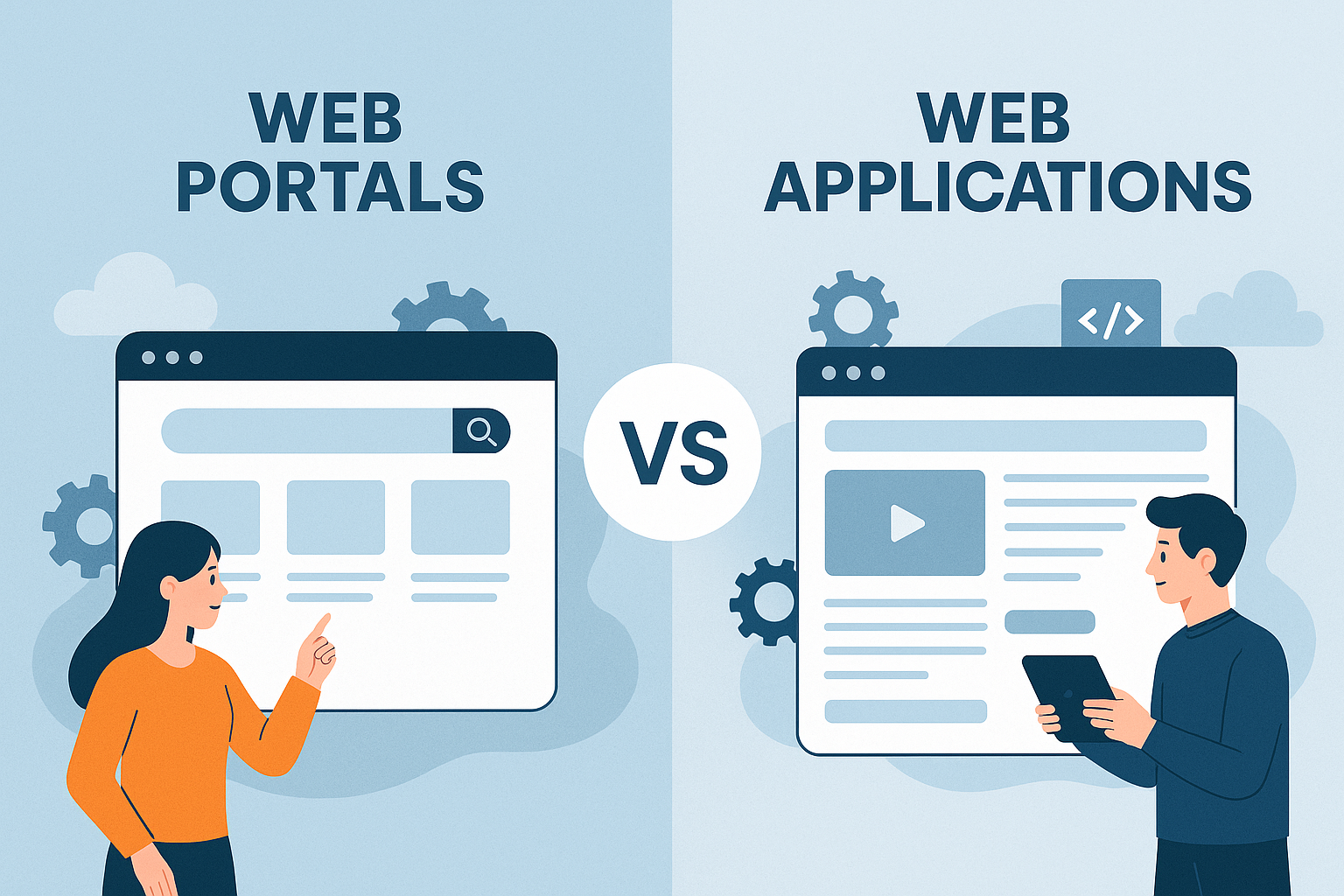
When you're planning to build something online whether for your customers, employees, or partners you'll likely come across two common terms: web portals and web applications. They sound similar and often overlap, but they’re built for very different purposes.
So, what’s the difference? And more importantly, which one is right for your needs?
In this guide, we’ll break down what each one is, how they’re used, where they shine, and how to choose the one that fits your goals best. Let’s make this simple.
What is a Web Portal?
A web portal is like a customized front door to your digital world. Once someone logs in, they get access to the tools, content, and data that are relevant specifically to them. Different users see different things depending on their role like customers, employees, students, or administrators.
It’s designed to make it easy for users to find everything they need in one place, without jumping across multiple websites or platforms.
Key Features
Centralized Access: Brings multiple services, tools, and data sources into one interface
User Personalization: Content and tools vary based on user roles (e.g., admin vs. customer)
Role-Based Security: Permissions are tied to roles and user groups
Collaboration Tools: May include messaging, file sharing, task assignments
Content Management: Integrates CMS to manage internal content and updates
What is a Web Application?
A web application is something people use to get things done online. It’s interactive, task-based, and built to help users complete specific actions like submitting a form, editing a document, buying a product, or chatting with support.
It’s not just a website that shows you stuff it’s a tool you can actually use.
Key Features
Interactive Interfaces: Users can input, retrieve, and modify data
Business Logic: Processes and validates user requests through backend systems
Responsive Design: Often optimized for mobile and desktop access
Data Storage & Retrieval: Supports database interactions
Authentication and Authorization: Secures user access and session control
Key Differences Between Web Portals and Web Applications
1. Purpose and Functionality
Web Portals are information aggregators, often pulling data from various sources to provide tailored dashboards.
Web Applications are task-based tools designed to execute specific functions like booking, form-filling, or data analysis.
2. User Access and Personalization
Portals offer role-based experiences (admin vs. user vs. guest).
Applications focus on individual user inputs and actions, often with less role differentiation.
3. Complexity and Interactivity
Portals are more static in interaction — they guide users to information.
Applications are highly interactive — users modify data, receive outputs, and complete tasks.
4. Integration Capabilities
Portals often aggregate multiple internal tools into one place.
Applications may be independent tools that plug into specific systems via APIs.
5. Scalability and Security
Web Portals must scale in content access and user base, with strong access control.
Web Applications need scalability in processing power and secure data handling.
When Should You Consider Using a Web Portal?
Imagine you’re running a business where different people need to log in to access specific information. For example, employees may need HR documents, clients might require account dashboards, and leadership could want internal updates.
Instead of creating separate websites for each group, you can set up a single portal that customizes what each user sees based on their role.
When Should You Choose a Web Application?
Imagine you’re thinking about creating a platform that allows users to do various tasks such as booking appointments, making payments, managing their to-do lists, or uploading files. This is where web applications truly shine. They go beyond merely displaying information; they empower users to take action.
You can find them in e-commerce platforms, online editors, banking dashboards, or collaboration tools. If you’re working with a development team or an agency, you’ll likely come across the term web application development services when planning the architecture and features of such a solution.
Conclusion
At first glance, web portals and web applications may seem similar but under the hood, they serve entirely different goals. A web portal is designed to connect users to information, while a web application is built to empower users to take action.
Portals offer personalized, role-based access to centralized resources, making them ideal for content-rich, multi-user environments. Applications, on the other hand, are interactive engines that let users engage with data, complete tasks, and drive outcomes.
Choosing the right platform isn’t just about features it’s about aligning your business goals, user needs, and digital vision. If your focus is on access and aggregation, go with a portal. If your focus is on functionality and interaction, invest in an application.

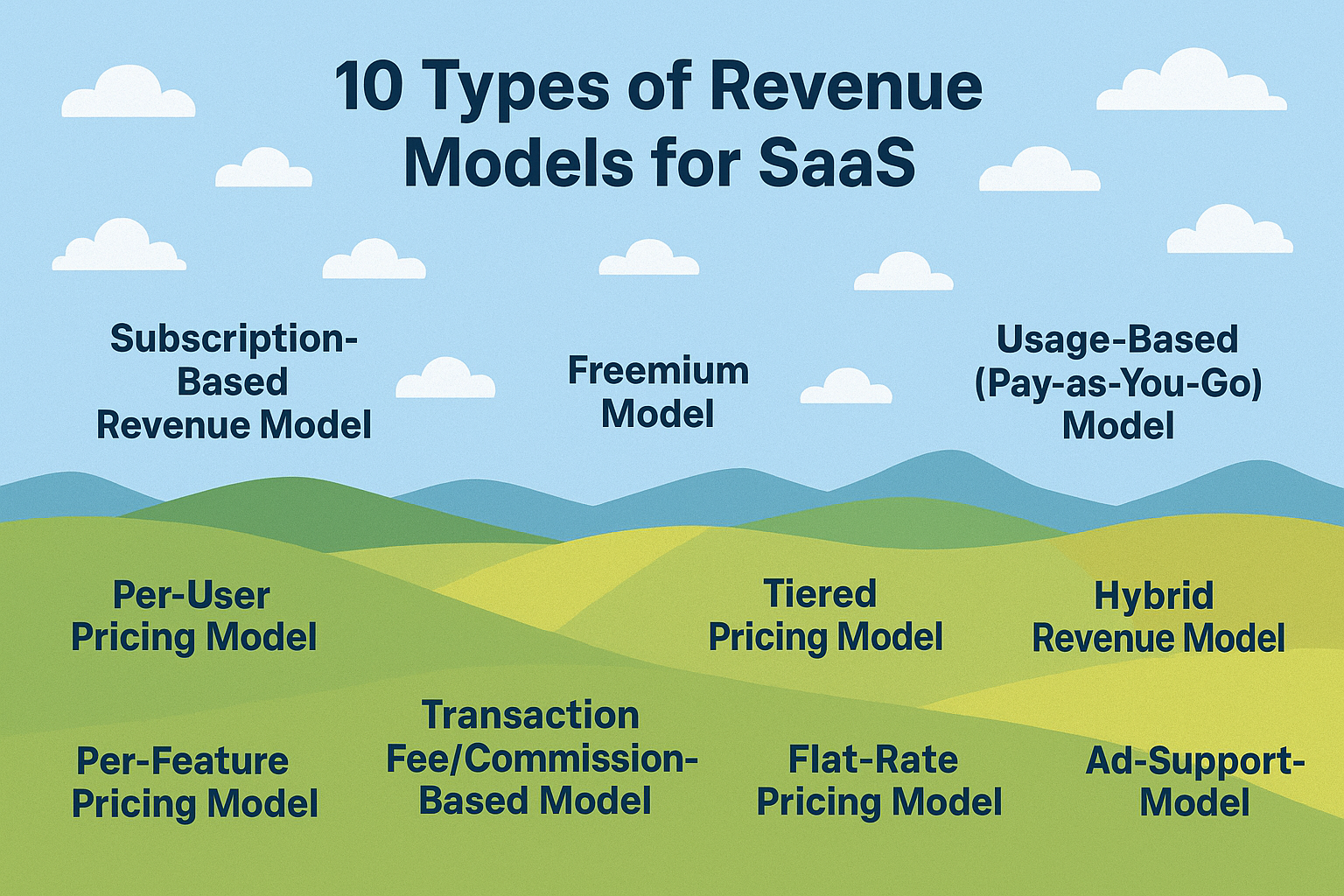
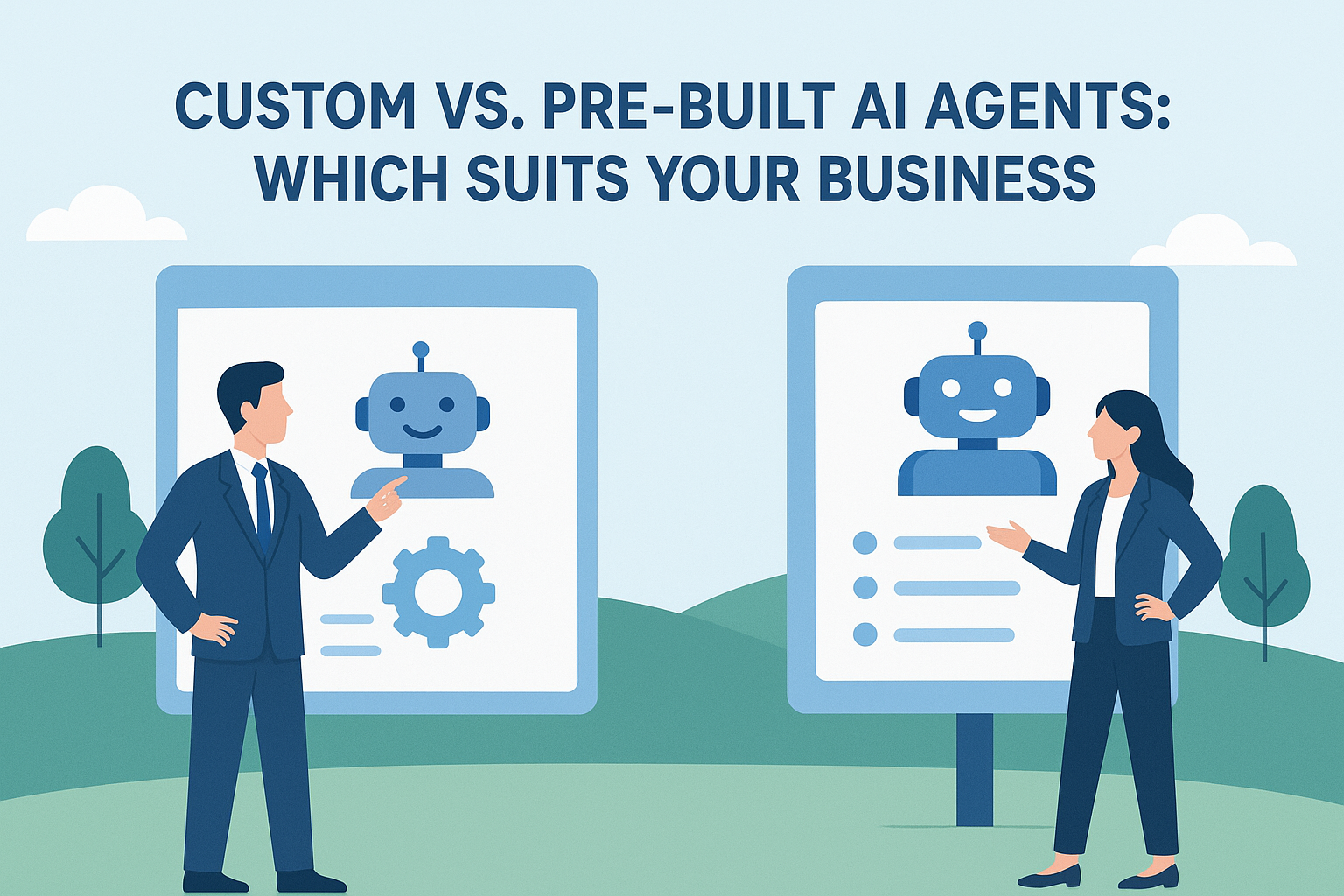
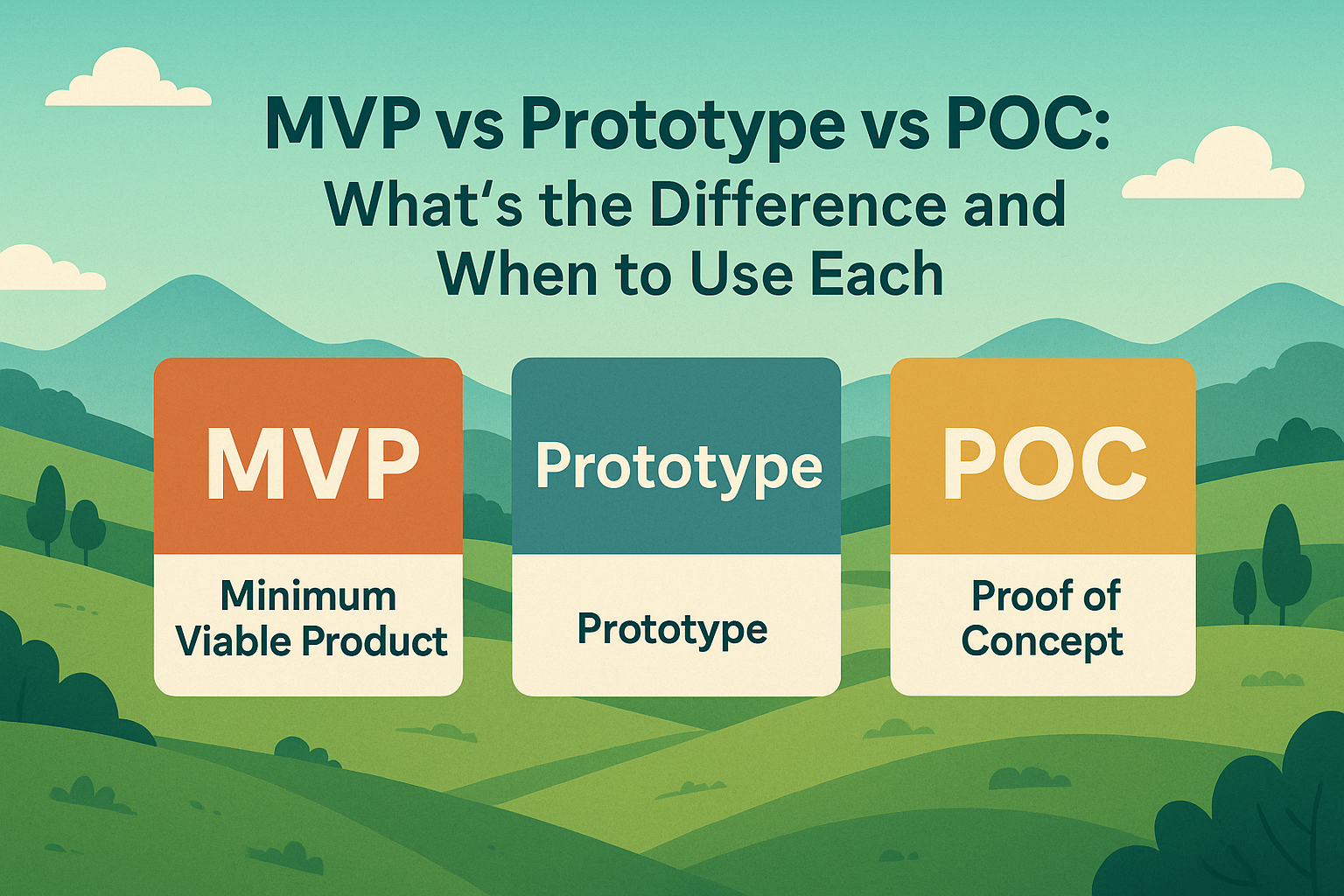
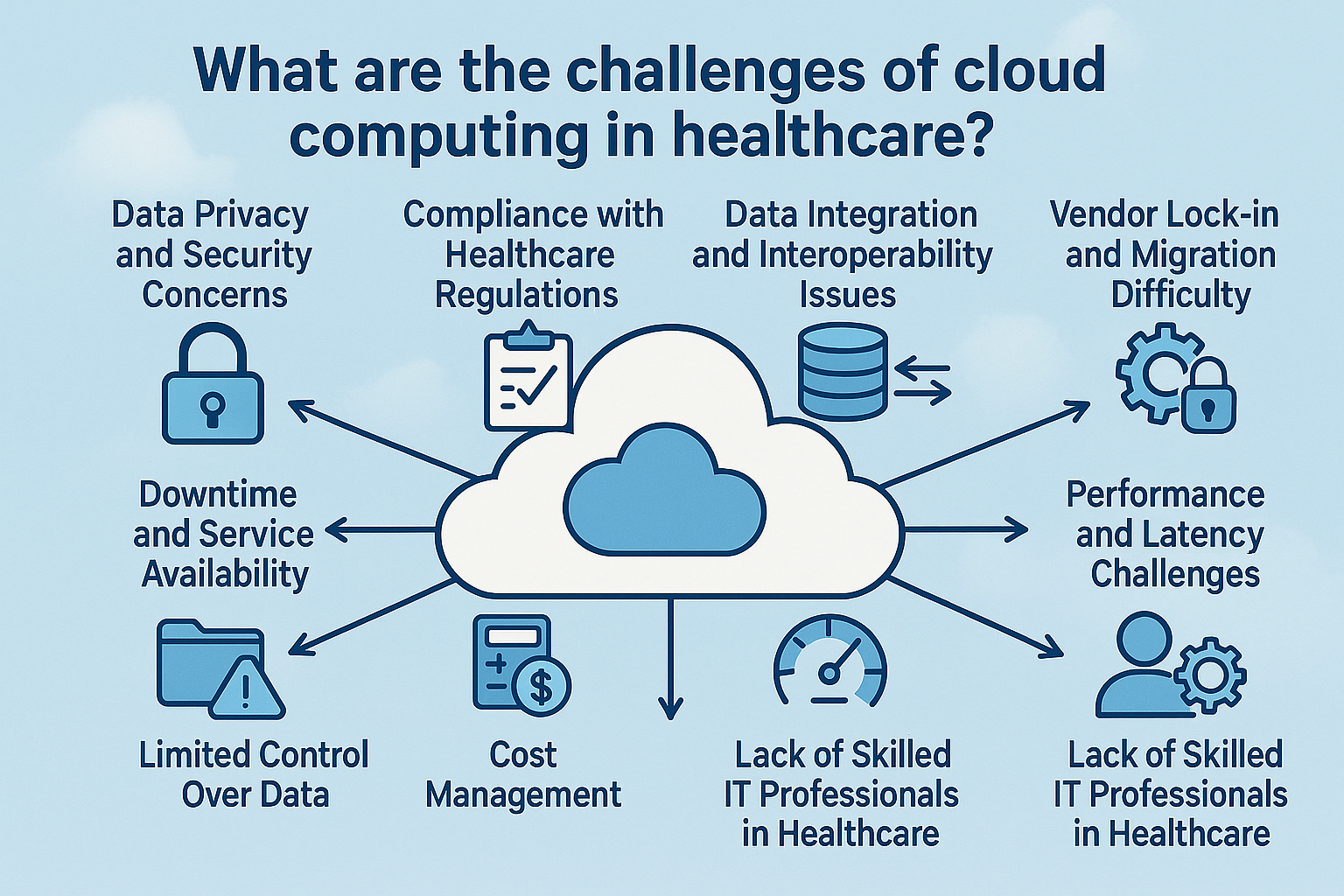


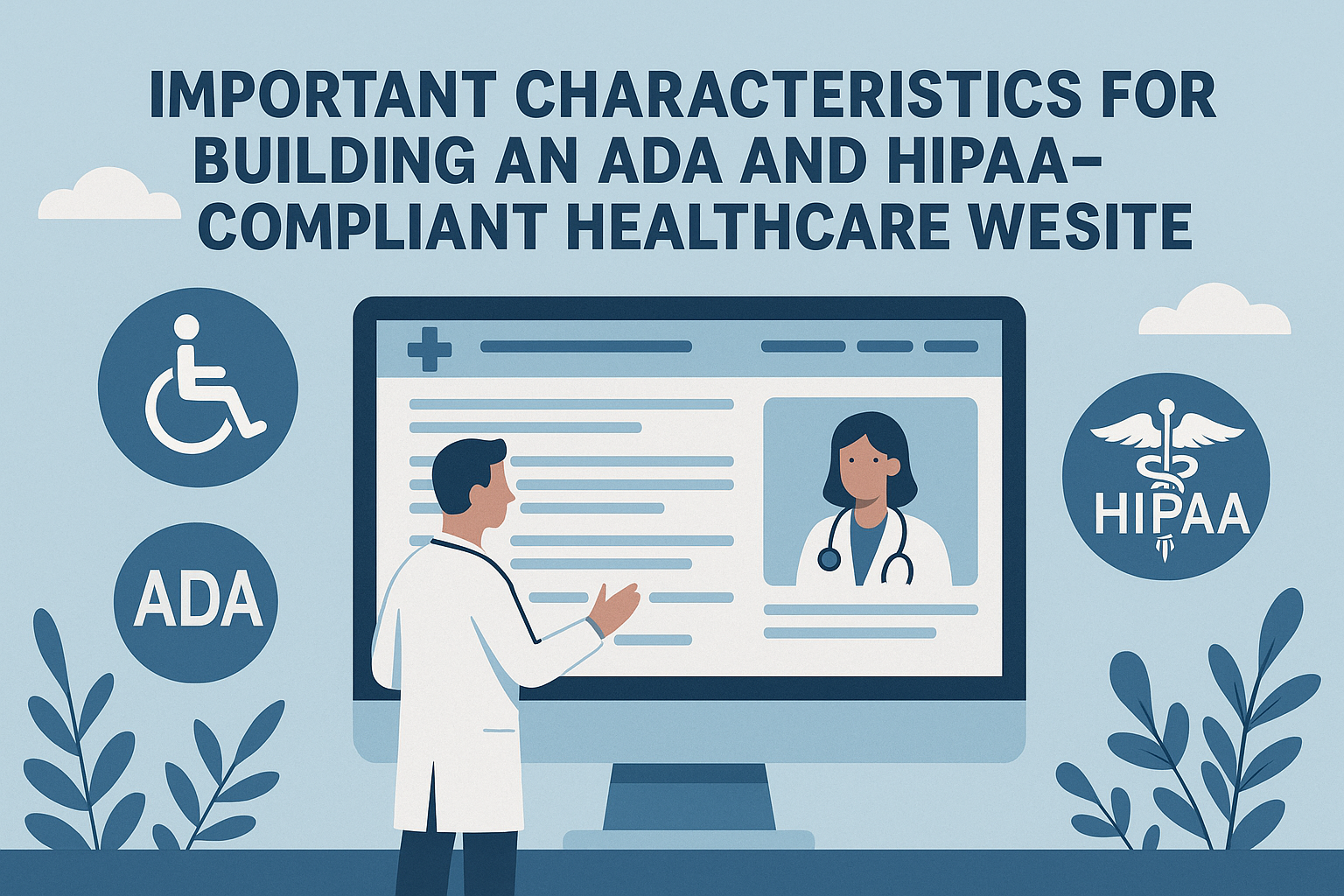
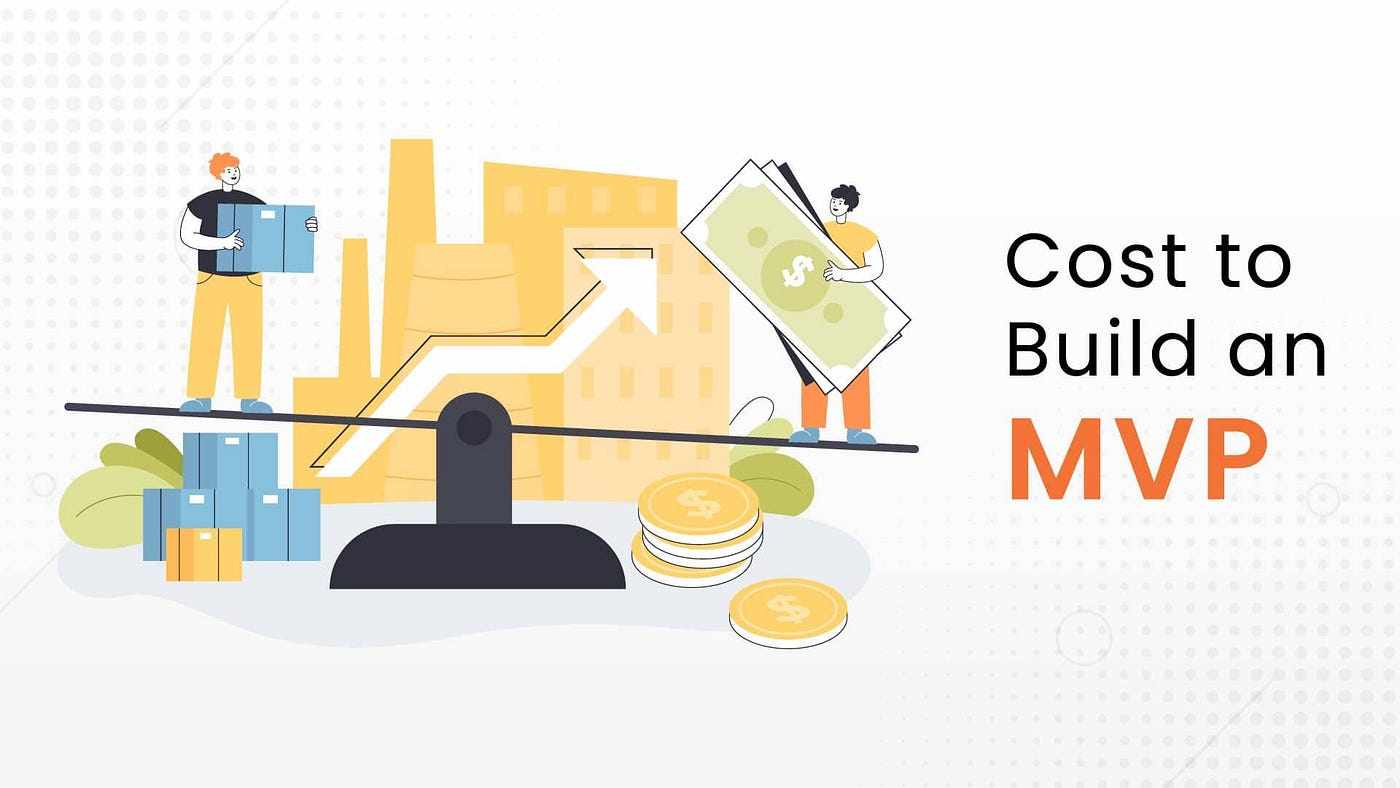
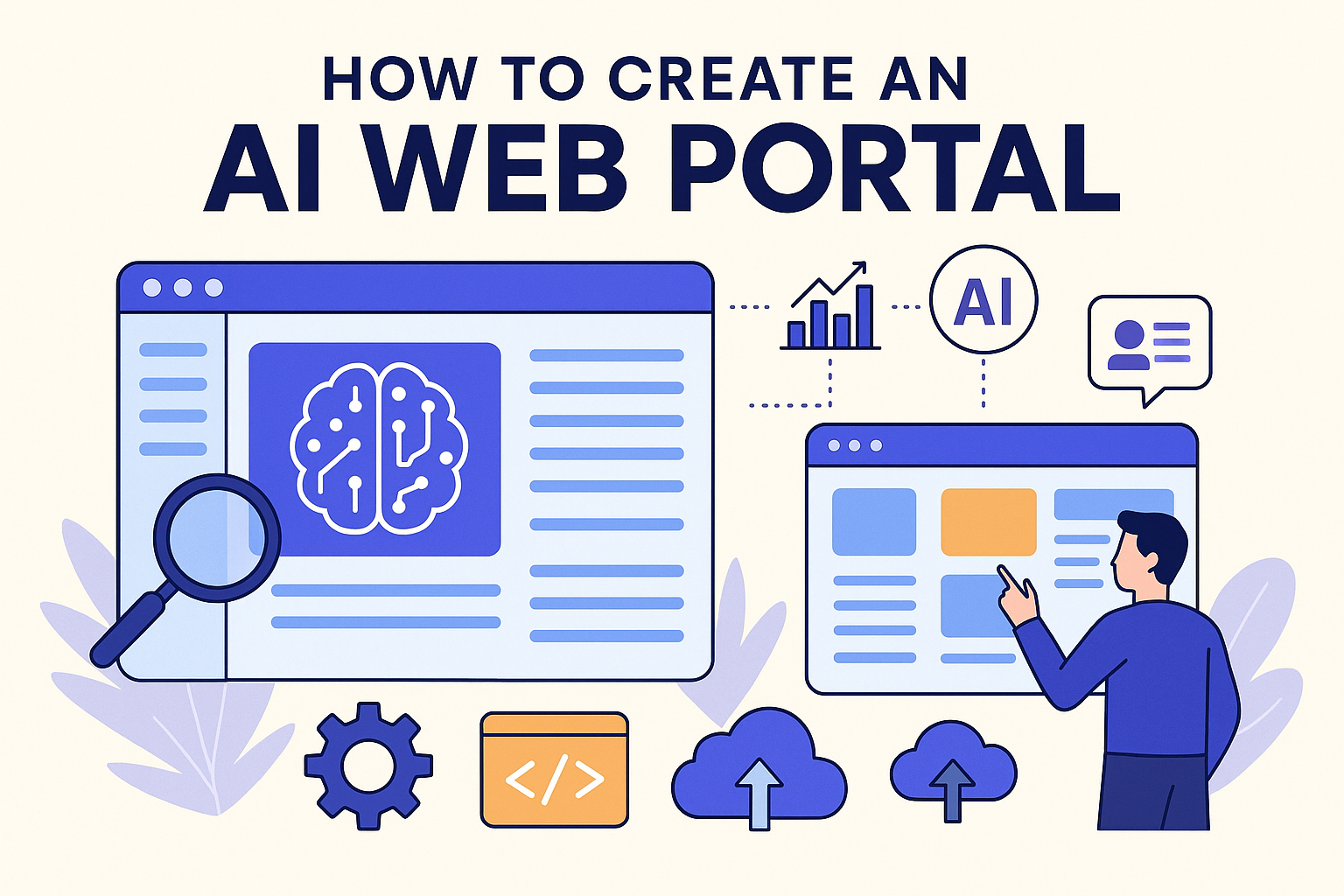
Write a comment ...